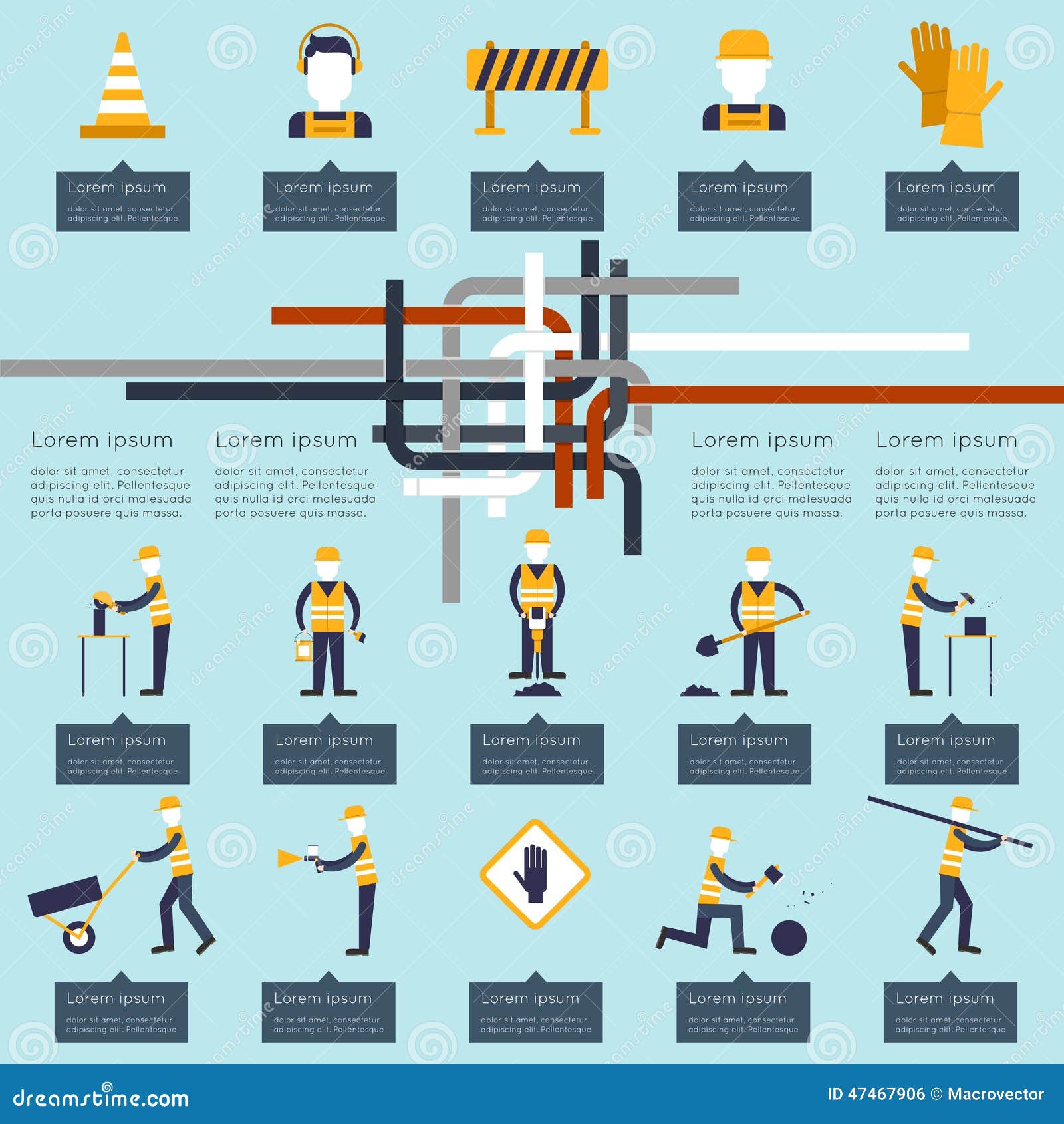Understanding The Effect Of Weather Condition On Commercial Outside Paint: Crucial Insights
Understanding The Effect Of Weather Condition On Commercial Outside Paint: Crucial Insights
Blog Article
Written By-Duke Duckworth
When you're preparing an industrial outside painting task, don't underestimate the impact of weather on your results. You need to take into consideration variables like temperature level, moisture, and rainfall, as they can make or break your paint job. As an example, did you recognize that perfect conditions require details temperature arrays and humidity degrees? Failing to keep an eye on these aspects can result in uneven surfaces and even damage to fresh paint. Comprehending these components is vital to accomplishing a resilient, professional end result. So, what particular weather should you be wary of?
Temperature Considerations
When it concerns commercial external paint, temperature plays a vital role in the result of your project. If you're painting in extreme warmth, the paint can dry out also promptly, resulting in concerns like inadequate bond and irregular coatings. You intend to go for temperature levels in between 50 ° F and 85 ° F for the very best results. Below 50 ° F, paint might not treat effectively, while over 85 ° F, you risk blistering and cracking.
Timing your task with the best temperature levels is important. Start your work early in the early morning or later in the mid-day when it's cooler, particularly throughout warm months.
Additionally, take into consideration the surface area temperature; it can be considerably more than the air temperature, particularly on bright days. Use a surface thermostat to check this before you begin.
If temperature levels are unforeseeable, keep an eye on the weather prediction. Unexpected temperature drops or warm front can derail your plans. You don't want to begin repainting only to have the problems alter mid-project.
Humidity Levels
Moisture levels significantly impact the success of your industrial external painting job. When the moisture is too high, it can impede paint drying and curing, causing a range of concerns like poor adhesion and finish top quality.
If you're planning a job during damp conditions, you might find that the paint takes longer to completely dry, which can expand your project timeline and boost expenses.
Alternatively, low moisture can also present difficulties. Paint might dry out also quickly, protecting against correct application and resulting in an unequal coating.
You'll want to keep an eye on the moisture degrees carefully to guarantee you're functioning within the ideal variety, typically in between 40% and 70%.
To get the most effective results, consider utilizing a hygrometer to determine humidity before beginning your project.
If https://interiorpaintersnearme32986.thechapblog.com/32437009/unravel-the-challenges-of-choosing-a-paint-contractor-with-experienced-guidance-that-will-change-exactly-how-you-approach-your-task discover the degrees are outside the optimal variety, you might require to adjust your routine or select paints created for variable problems.
Constantly get in touch with the producer's standards for certain suggestions on humidity tolerance.
Precipitation Influence
Rain or snow can substantially interrupt your business external paint strategies. When precipitation occurs, it can get rid of fresh used paint or create an irregular finish. Preferably, you intend to pick days with completely dry weather to make certain the paint adheres appropriately and treatments properly. If mouse click the next article caught in a rain shower, it's best to stop the job and await conditions to improve.
Additionally, snow can be even more detrimental. Not just does it develop a wet surface, however it can also lower temperature levels, making it hard for paint to completely dry. This can lead to concerns like peeling off or blistering down the line.
It's important to examine the weather forecast prior to beginning your job. If rainfall or snow is predicted, take into consideration rescheduling.
Always remember to allow ample drying out time between layers, especially if the weather remains unforeseeable.
Verdict
Finally, keeping an eye on the weather condition is vital for an effective commercial external painting job. By keeping track of temperature, humidity, and rainfall, you can make sure the most effective problems for application and treating. Remember to intend your job around favorable weather condition and always adhere to manufacturer standards. With the appropriate technique, you'll attain a durable, beautiful coating that can endure the components. Don't allow the climate capture you unsuspecting-- remain informed and paint smart!
